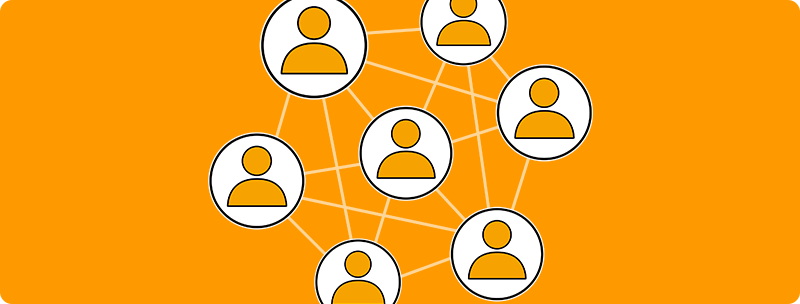A Guide to Personalizing Your Marketing Campaigns
The majority of consumers are more inclined to purchase from a company if it offers a personalized experience. Personalization leads to better email engagement, more sales, business growth, and higher customer satisfaction. However, personalized marketing is much more than merely addressing customers by name. It involves marketing initiatives that are focused on individuals, based on specific consumer data. It is all about getting a clear picture about your customers’ wants and needs and then meeting those needs.
Benefits of Personalizing Your Marketing Campaigns
Personalized marketing is a win-win strategy. If executed correctly, customers feel valued as the company shows that it truly cares about them, and the rest is history! In return, the company acquires loyal customers who are more likely to do further business with you and recommend your company to others. Moreover, through personalized marketing you get to know your customers better and thus learn how to direct them to the products they are most likely to buy.
How to Collect Valuable Customer Data
How can you get to know consumers better to provide special interest content? By collecting data essential to personalized marketing; data that will reveal habits, behaviors and what consumers are looking for. There are a number of information-gathering techniques that you can use to research consumers.
1. Social Media Research
Obtain valuable information from social media websites where consumers freely share data about themselves. Demographic data such as industry, location, job title, and company name can be very useful. This may provide great insight into purchase preferences and habits, interests, etc. Social networks may reveal user profile data (names, phone numbers, email addresses, likes, friends, interests, locations, etc.). The more data you have, the better targeted and personalized your marketing strategy can be.
2. Ask For Data
Pre-determine what information will be useful to you in order to successfully execute the personalized marketing approach that you have in mind. Then gather useful data by adding relevant questions on your website and landing pages. You can also make use of informal discussions, focus groups, feedback (via email or your website), surveys, or questionnaires. When asking for information, it is important not to ask too many questions at a time and to assure consumers that the data is safe with you.
3. Track Website Engagement
Track engagement data on your website. This tells you what a person is clicking, visiting, and submitting. Considerable information can be gathered making use of web analytics tools, applications and cookies, browsing and search history, and IP addresses . Engagement data helps to identify, for example, which emails have been viewed so that a company can follow up with targeted offers. Other useful information includes: how often your website is visited, whether a consumer has signed up, which products are searched and which are bought, etc. What a consumer does on your website prompts your next strategy.
4. Examine Transactional Data
Transactional data reveals much about your customers. Data such as how many purchases have been made, what is the average order value, which categories the customer frequents most, how many products are bought, and even which time of day the customer engages in buying from your website can all be very useful. A shopping cart reveals much: What is in it? What has been taken out? What is just on the wish list? Use this data to provide individuals with promotional information relevant to their specific interests.
8 Personalized Marketing Strategies You Can Use
Tips for Personalized Emails
Marketing emails are best received if they come from a real person and are addressing the consumer by name. Here are a few suggestions for outbound and inbound marketing strategies, specifically sending personalized emails:
-Send a welcome email to consumers who sign up for your mailing list.
-Email consumers promotional messages that point to stores closest to them.
-If you have not “heard” from a customer for more than 3 months, get in touch with them.
-Send a customer an email asking for a product review a few days after a product has been purchased, in order to open communication channels.
-Email a consumer who has added a product to the cart but hasn’t finished the purchase.
-Follow up with consumers who visited your online help center with personalized emails asking if their queries had been resolved.
Why personalized marketing? Because in today’s world, consumers automatically distance themselves from advertisements that seems to be a message to the masses. The majority of online consumers get frustrated by websites with promotions that have nothing to do with their interests. It is when there is a personalized touch that consumers become receptive.


